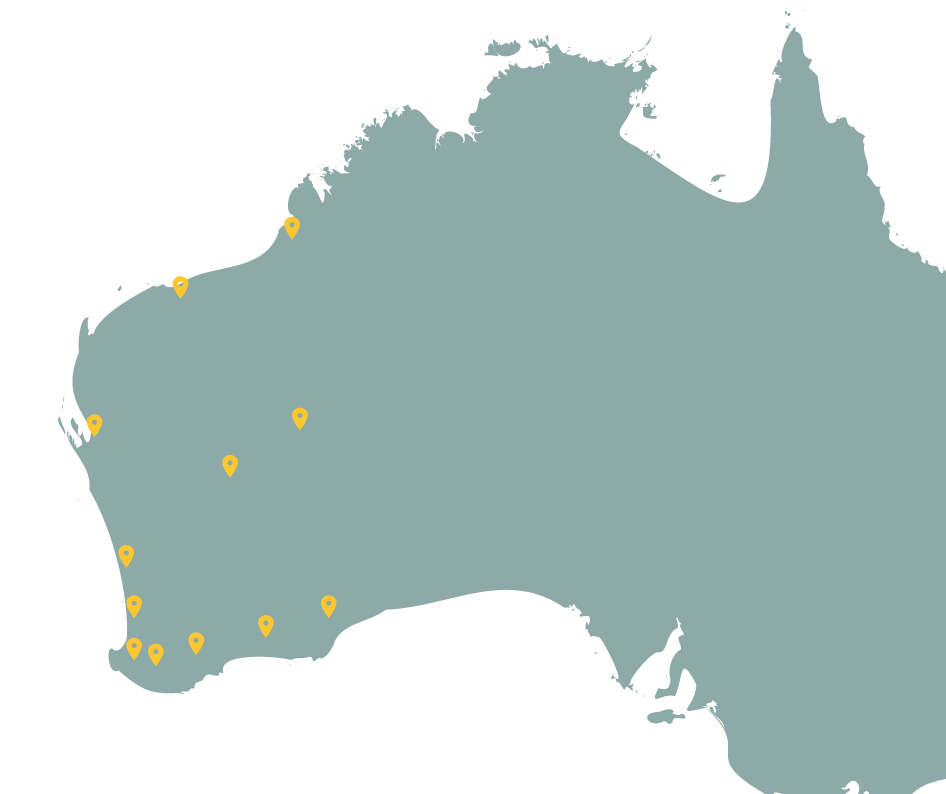The data lifecycle
1. Prepare data
The data lifecycle begins with preparing your data for publishing by ensuring that it meets the technical requirements for being published on Dandjoo (e.g. using standard file formats, ensuring it fits within platform limits). You can read more about preparing your data below.
2. Prepare supporting material
Once data preparation is complete, the next key step is preparing supporting material to be published with your data to enable people to understand it. You will be asked what geographic coordinate system, map projection or datum your data uses during the submission process.
3. Upload and curate
With your key preparation steps completed, you can now log in and submit your data. If you run into difficulties submitting, our staff can assist with the process. We may also contact you during the curation process to ask how you would like us to treat any records with potential taxonomic, temporal, or spatial errors.
4. Make it discoverable
When curation is complete, we’ll publish it for you on Dandjoo. Congratulations!
5. Ongoing maintenance
With your dataset now published and discoverable, you’re at the last key step in the data lifecycle - ensuring processes are in place for the ongoing maintenance of the data. For once-off datasets, we’ll perform routine maintenance of taxonomic names and conservation codes. If your data changes often, speak to us about establishing a data refresh process.
Chapter from guidelines, services and standards
Join the BIO newsletter and get updated first
Sign up for access to the latest developments at the Biodiversity Information Office, upcoming Dandjoo features, and our newest datasets.

